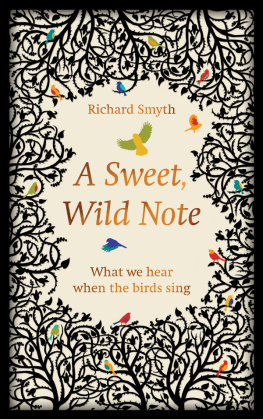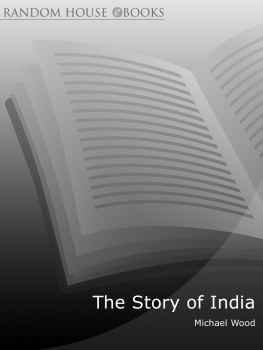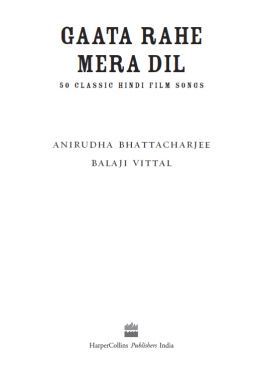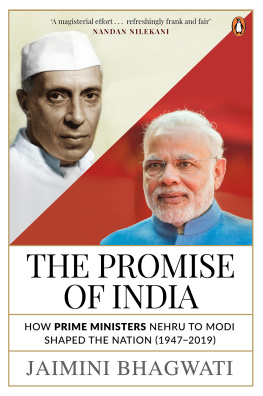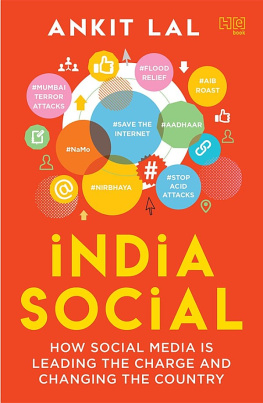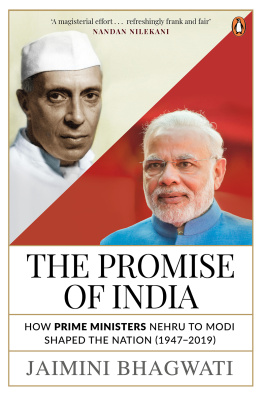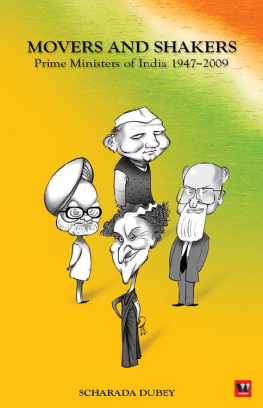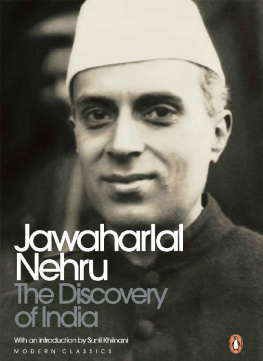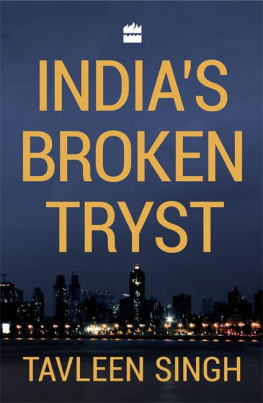Table of Contents
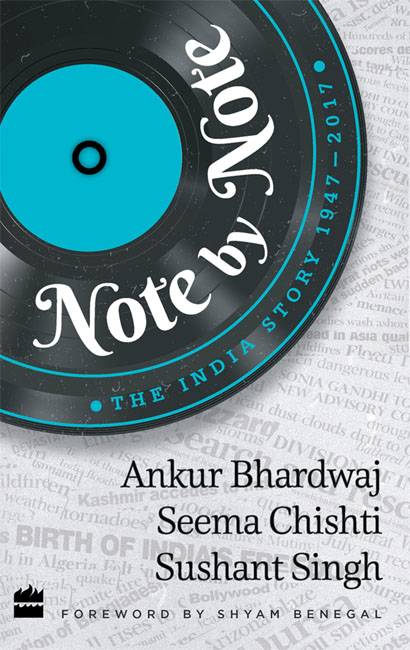

To the founders of the grandest experiment of our times the Republic of India. And to the people who have turned this experiment into a successful and living reality.
Contents


S ONGS have been an essential part of popular Indian cinema since the advent of sound in 1928 . The Indian talkie film started to sing even before it began to talk. Each of the early talkies were studded with at least seven songs while the film version of the mid-nineteenth-century play Indra Sabha produced in 1932 had a staggering seventy songs!
Songs in Indian films usually function as a means to reveal the feelings, thoughts and desires of the characters in the narrative (most often sung by the characters themselves) or are used to comment on the way a situation may develop in a story or indicate the direction the narrative might take. Frequently they are used as punctuations between scenes and sequences; to highlight a situation or to anticipate a turn in the plot.
Film songs, particularly those written by some of our great contemporary poets, have either through metaphor or simile tended to reflect upon our everyday existential, social, national and universal concerns.
Note by Note: The India Story 1947 2017 is a unique rendering of the eventful and often turbulent seventy-year journey of independent India with a film song representing each of those years. Songs that encapsulate and hold up an oblique mirror to the significant events of the year events that profoundly impacted our people in the continuing historic journey of our nation.
April 2018
Shyam Benegal

I S Note by Note a book of Hindi film songs? Or is it a book on India since Independence? No, it is neither. Reading Note by Note is like looking into the old-fashioned bioscope where the vignettes of Indias story over the past seven decades are played to Hindi film music. Or you can call it a travelogue of Indias journey since Independence, where Hindi film music is a constant accompaniment as you move from one milestone to another.
The connection between Hindi film music and independent Indias evolution seems tenuous but a closer scrutiny shows that one is reflected in the other; on occasions, they even influence each other. In fact, Hindi film musics relationship with India is the same as its relationship with an individual film. The songs exist independently on their own but are also part of the larger story. More often than not, the music is integral to the story; but at times, it sounds out of place, even though it would still be a great earworm by itself.
Note by Note provides for each of the seventy-one eventful years since Independence, a Hindi film song which was composed, heard, sung and spoken about in that year. Though intricately linked, this song is not just meant as an anthem for that year it also links the story of India over the years. Flowing with the tale of the song is also the story of each of independent Indias seventy-one years: the two mostly run parallel, merging and diverging at moments in history. Each of the seventy-one chapters in the book is a harmonious synthesis of Hindi film song and modern Indian history, a note about Indias journey. It is the rhythm of modern Indian history played to the beat of Hindi film music.
Note by Note is as much a story of songs as it is of what India experienced in the last seven decades. In charting the course of each year, we have tried to pick a melody which would enable us to understand the overall mood and groove of that year. The songs picked for each year may not always have been the most popular or the best known, and sometimes the choice has been agonizingly hard to make. The criteria for picking a tune has been varied, but overall, the endeavour has been to spot one signature song that goes with the major events unfolding in India at the time, sometimes by just the sheer contrast of the events to the tone and mood of the song. As a shaper of mood, witness of its times, each of the seventy-one songs in the book emerges as a parable for that year.
Through all the vicissitudes and twists of the past seven decades, in looking at each year, there is also a story to be told and a thought to be shared. Every year, there is a story of political change, social emancipation and economic growth which has been forgotten, pushed to the recesses of our memories. Those memories need to be refreshed. It is the story of independent India, with the flavour of Hindi film music, not wholly or in full measure, but very substantially.

In 1947 , as the subcontinent was torn into two, India went on to find its feet, its spirit and its moorings. It was perhaps only in part, as Indias first prime minister Jawaharlal Nehru remarked, but substantially a young nation reached out to embrace its destiny and achieve a sense of being one, even if it was not a perfect entity. As the colonial yoke was thrown off and India settled down, a decade of hope and expectation, a search for a Naya Daur followed. India dreamt big then, both domestically and globally, for all its characterization as a large and hopelessly diverse poor country; a functioning anarchy, as John Kenneth Galbraith, former US ambassador to India and a renowned economist, called it.
Nothing captures the extraordinary flight of Indias soaring ambitions than the modern, progressive Constitution given by its own people, whereby India became a republic in 1950 . Institutions fundamental to Indias governance like the Planning Commission came into existence, even as the internal map of India was redrawn to satisfy the emerging demand for linguistic states. Even these states began their own nascent experiments with democracy: Kerala could boast of the worlds first elected communist government. It was in the 1950 s that the big dams, the power plants, the steel mills were all built even as Indias space programme began to take shape; the IITs were also born then.
The decade of the 1960 s brought with it two wars with two neighbours, each of which left India a little shaken. This decade saw the demise of that colossus, Jawaharlal Nehru. The seeds of the green revolution were sown, and the politics of the country saw the emergence of short-lived non-Congress governments in many states. But it also freed Indira Gandhi from the shackles of her party and she emerged as a leader in her own right.
Politically, it was the 1970 s that gave New Delhi the first break from single-party rule and India got its first non-Congress government at the Centre. It followed the first and only rupture in Indias so far unbroken and regular record with democracy: Emergency resulted in the rhythm of the five-yearly elections being disrupted. But it was a decade in which India won a war, tested a nuclear device, nationalized its banks and achieved self-sufficiency in food-grain production.
The events of the 1980 s were to leave their mark on India for decades. Sikh militancy, assassination of a prime minister, anti-Sikh riots and the unrest in Kashmir: all pushed India to the brink. In the heartland, centred over an existing mosque in Ayodhya in Uttar Pradesh (UP), religious divides were fomented by a growing movement that argued that Indias largest community was actually being sidelined and minorities being pampered. The contestation and strife in the air got a bigger push as middle castes in north India pushed for more. It was about riots, shutdowns and turmoil, happening barely a few years after Rajiv Gandhi won an unprecedented and overwhelming electoral mandate in 1984 . But his legacy was also about giving India a big push towards modernity communications and computers were to transform the countrys future.


